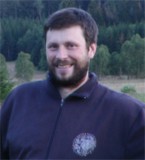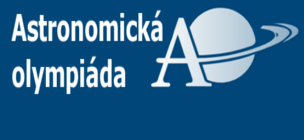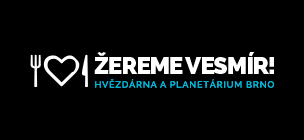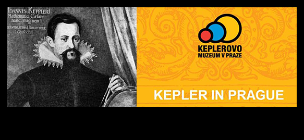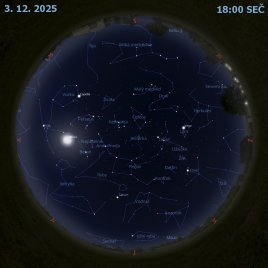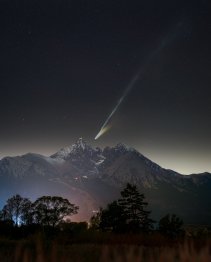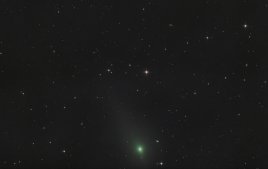Největší přehlídkový dalekohled světa - informace z první ruky zazní v Praze
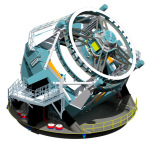
Autor: LSST
Přednáška prof. Kahna se uskuteční v sídle Akademie věd na Národní 3, Praha 1 v Brožíkově sále (č. 206) v pondělí 4. února od 17 hodin a bude proslovena v anglickém jazyce bez tlumočení. Vstup na přednášku je volný do vyčerpání kapacity sálu.
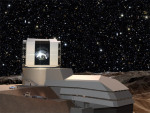
Autor: LSST
Díky tomu, že tato přehlídka oblohy řádově překoná ve svém objemu i kvalitě přehlídky předchozí, očekává se, že její výsledky budou mít významný vliv v mnoha oborech, ať již v astronomii a astrofyzice, nebo též v astročásticové fyzice a částicové fyzice – zejména díky přesnému určení parametrů temné hmoty a temné energie.
Dalekohled LSST vzniká v rámci kolaborace LSST, která je převážně americká. V současné době sdružuje více než 30 amerických univerzit a dalších institucí a dále tři zahraniční pracoviště, z nichž jedním z nich se stal v roce 2012 Fyzikální ústav AV ČR.
Celkové náklady na stavbu dalekohledu jsou v současné době odhadovány na 665 miliónů dolarů, z toho zhruba dvě třetiny uhradí americká National Science Foundation (NSF), jednu čtvrtinu Department of Energy (DoE) a zbytek bude uhrazen ze soukromých darů.
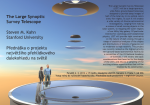
Autor: Michael Prouza
The Large Synoptic Survey Telescope
Steven M. Kahn
Stanford University
The Large Synoptic Survey Telescope (LSST) will be a large-aperture, wide-field, ground-based telescope designed to provide deep images of half of the total sky in six optical colors every few nights. As such it will enable a wide variety of diverse astronomical investigations, ranging from making a census of small moving objects in the solar system, to mapping the outer regions of our Milky Way galaxy. Of particular interest for cosmology and fundamental physics, LSST will provide tight constraints on the nature of dark energy through a range of statistical analyses of the shapes and distributions of billions of galaxies out to moderate to high redshift. This project was recently ranked as the highest priority new ground-based astronomical facility by a committee of the US National Academy of Sciences. I will review the basic considerations that have led to the design of the LSST, and discuss a sampling of the exciting science opportunities that will be enabled by its construction.
